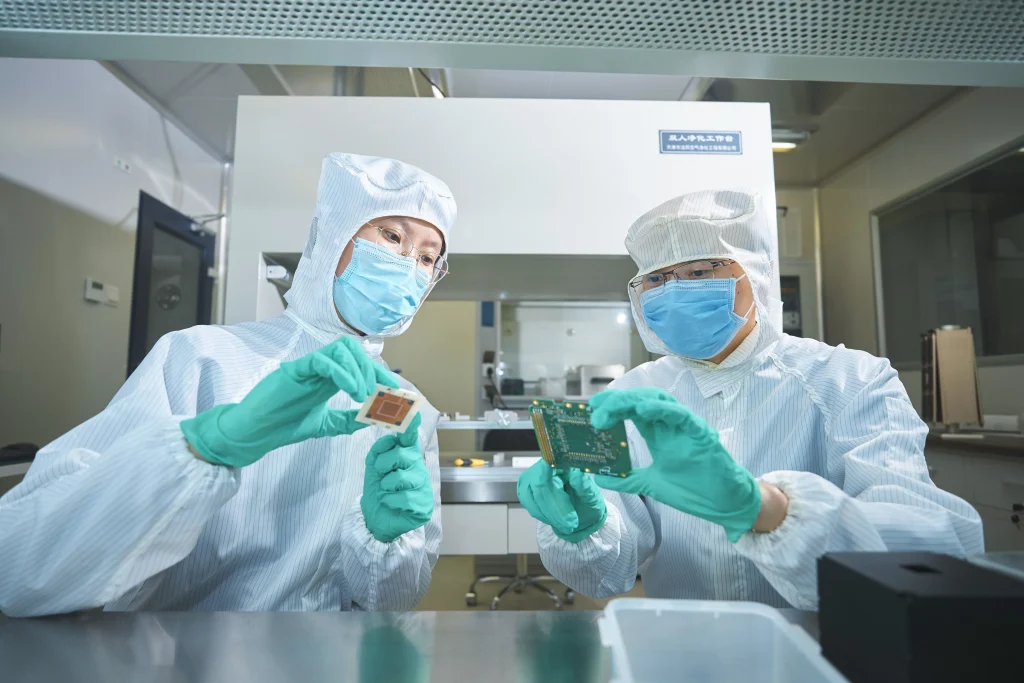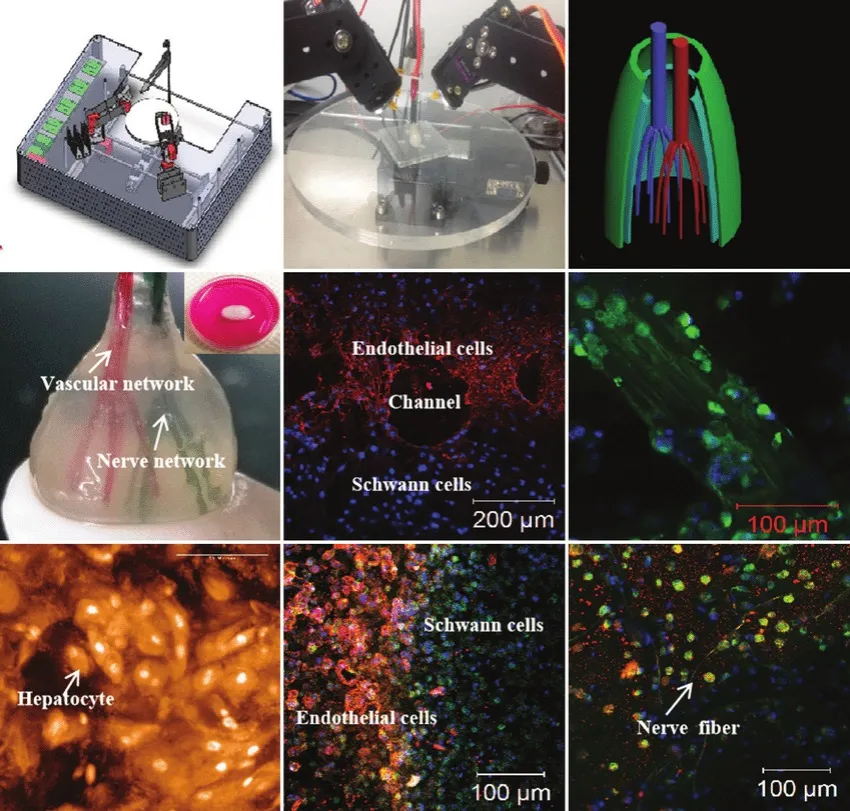Chinese researchers have unveiled a revolutionary three-dimensional (3D) electronic skin that can be applied directly to the human body, akin to a band-aid. This innovative development, first reported by Xinhua News Agency, heralds a significant leap in real-time health monitoring and robotic applications.

The electronic skin, spearheaded by Professor Zhang Yihui of Tsinghua University, is designed to mimic the complex sensory functions of human skin. Capable of sensing and decoding three critical mechanical signals—pressure, friction, and strain—this advanced sensor stands out for its ability to replicate the tactile responsiveness of natural skin.
Professor Zhang explains the potential impact of this technology: “In the future, it can be installed on the fingertips of medical robots for early diagnosis and treatment. Additionally, it can be applied like a band-aid to human skin to monitor vital health data such as blood oxygen levels and heart rate in real-time.”

This electronic skin features a sophisticated architecture that closely mimics the multi-layered structure of human skin, comprising epidermis, dermis, and subcutaneous tissue. This design allows for the precise perception of external stimuli through densely arranged tactile receptor cells in a 3D spatial distribution.
The potential applications of this 3D electronic skin are vast and varied. It promises significant advancements in biomedical diagnostics, allowing for early-stage disease detection and real-time monitoring of critical health metrics. Its ability to function as a non-invasive health monitor could revolutionize patient care, offering continuous tracking of blood oxygen saturation and heart rate without the need for bulky equipment.

Moreover, the electronic skin’s tactile sensing capabilities open new frontiers in humanoid robotics and prosthetic systems. By providing robots and prosthetics with a sense of touch akin to human skin, it could greatly enhance their functionality and interaction with the environment. This includes the ability to assess the freshness of food, a task requiring nuanced tactile feedback, as well as contributing to more realistic and responsive prosthetic limbs.

“The e-skin holds the potential to be integrated into the fingertips of medical robots for precise early-stage diagnostics and interventions,” Zhang told Xinhua. “It can also be used as a band-aid to offer real-time monitoring of vital health metrics, including blood oxygen saturation and heart rate.”
As Professor Zhang and his team continue to refine this technology, the 3D electronic skin is poised to become a cornerstone in the next generation of biomedical and robotic innovations.
